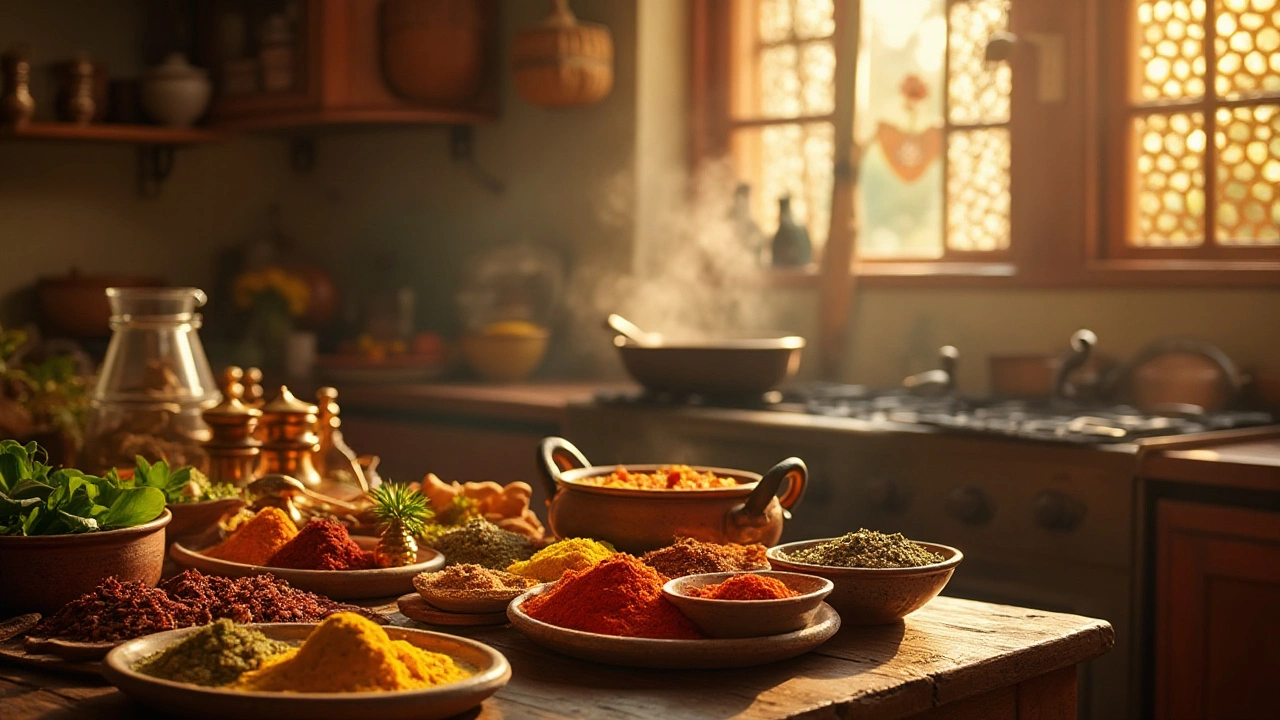Tikka Masala – Everything You Need to Know
When you hear Tikka Masala, a creamy, tomato‑based Indian dish made with spiced, grilled meat or vegetables. Also known as Chicken Tikka Masala, it blends the smoky char of a tandoor with a velvety sauce that balances heat and sweetness. Butter Chicken, another beloved Indian classic, shares a similar sauce base but differs in marination and richness. Meanwhile, the broader term Curry covers a wide range of spiced gravies across South Asia, with Tikka Masala sitting squarely in the creamy‑tomato segment.
This tag brings together posts that dig into the core ingredients, cooking tricks, and cultural background of Tikka Masala. You’ll find that mastering the dish hinges on three main attributes: the marination (usually yogurt, ginger, garlic, and a spice mix), the grilling step that gives the “tikka” bite, and the sauce (tomatoes, cream or yogurt, and a blend of ground spices). The spice blend—often called “masala”—includes cumin, coriander, garam masala, and a pinch of smoked paprika, which together create the signature warm depth. Recognizing that Tikka Masala is essentially a type of curry helps you transfer techniques from other curry recipes, like adjusting the heat level or swapping chicken for paneer.
Why Tikka Masala Still Rules Indian Home Kitchens
First, the dish is versatile. Whether you prefer boneless chicken, tofu, or paneer, the same marination and sauce work with minor tweaks. Second, the flavor profile balances five key sensations: smoky, tangy, sweet, spicy, and creamy. That balance explains why Tikka Masala appears alongside posts about “Curry Ingredients” and “What Makes Curry So Creamy?” – both topics explore the dairy and tomato components that give the sauce its silkiness. Third, regional variations matter: Northern Indian versions lean heavier on cream, while some modern takes use cashew paste for a dairy‑free twist, echoing the discussion in “Secret Ingredients That Make Biryani More Tasty.”
Understanding the relationship between Tikka Masala and its sibling dishes also reveals cooking shortcuts. For example, the article “Should Chutney Be Served Hot or Cold?” shows how temperature changes flavor perception, a tip you can apply when cooling the sauce slightly before serving to let the spices settle. Likewise, the “Do Tomatoes Belong in Curry?” piece debates tomato use, directly relevant because tomatoes form the backbone of Tikka Masala’s sauce.
In short, Tikka Masala is a window into Indian culinary science: it requires precise marination, a high‑heat sear, and a balanced sauce. Below you’ll discover deeper dives into each step, from selecting the right yogurt for tender meat to mastering the perfect cream‑to‑tomato ratio. Browse the collection for actionable tips, flavorful variations, and the cultural stories that make this dish a staple on Indian tables worldwide.

Exploring Tikka Masala Alternatives: Easy Indian Recipes You Can Make at Home
Tikka Masala has been a favorite in kitchens around the world. Known for its rich flavors and aromatic spices, it offers a warm embrace of Indian culinary art. Yet, there are many other dishes equally flavorful and easy to make at home. This article delves into some alternatives you can try if you’re fond of tikka masala. Discover a variety of easy recipes that reflect the diversity of Indian cuisine.